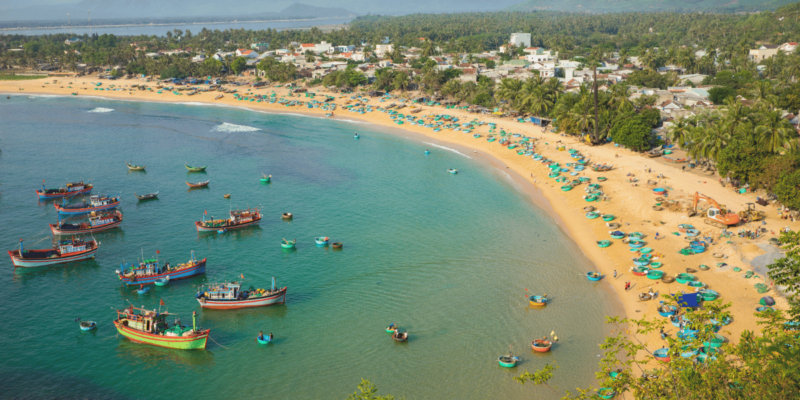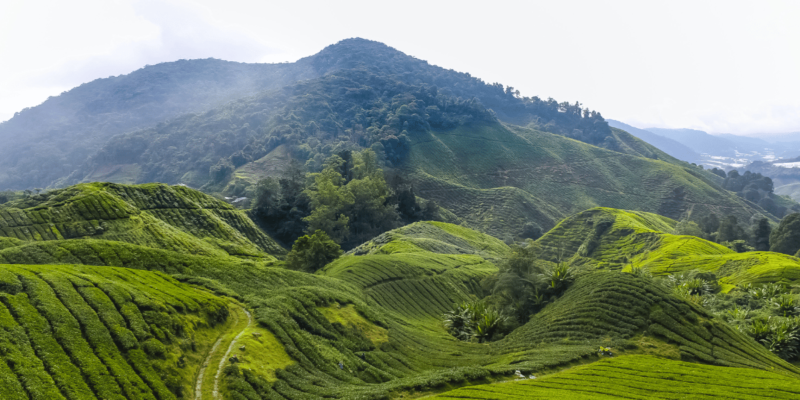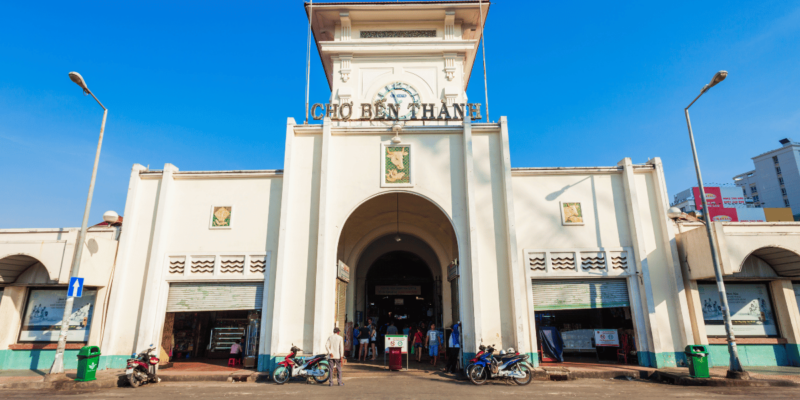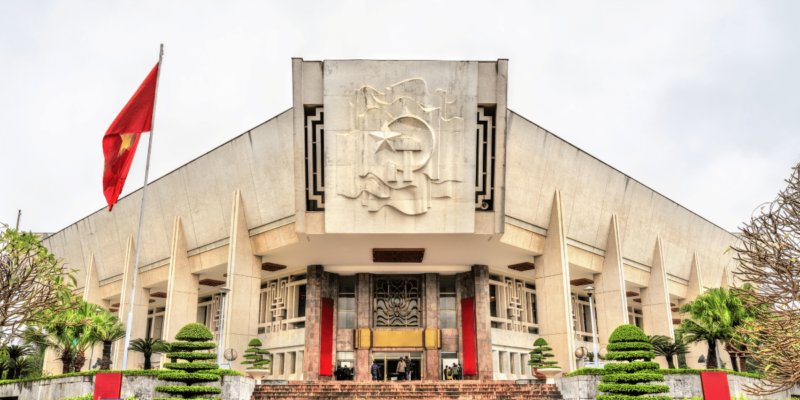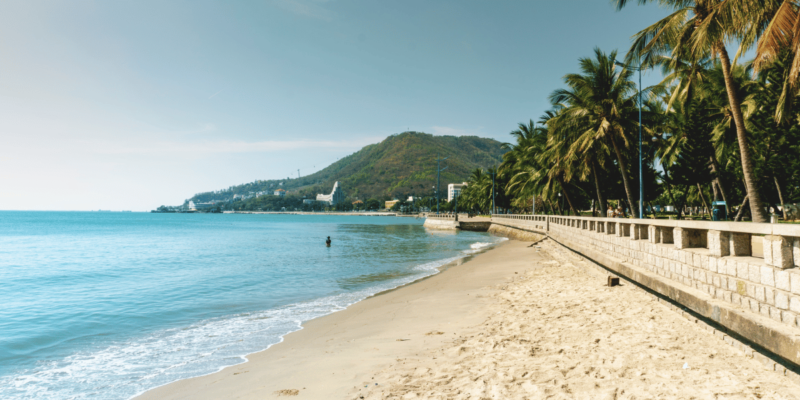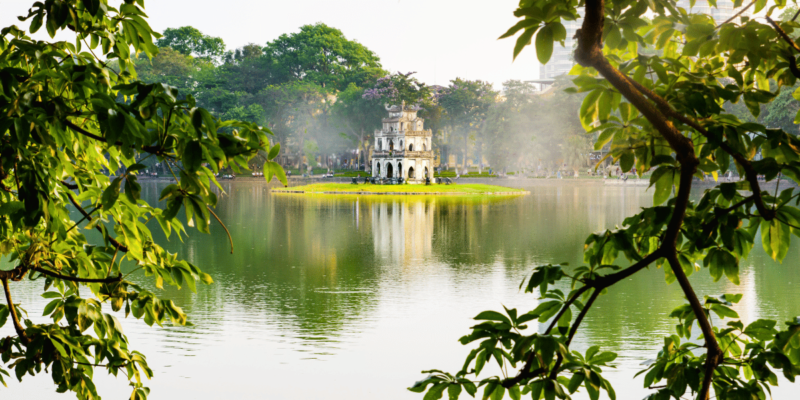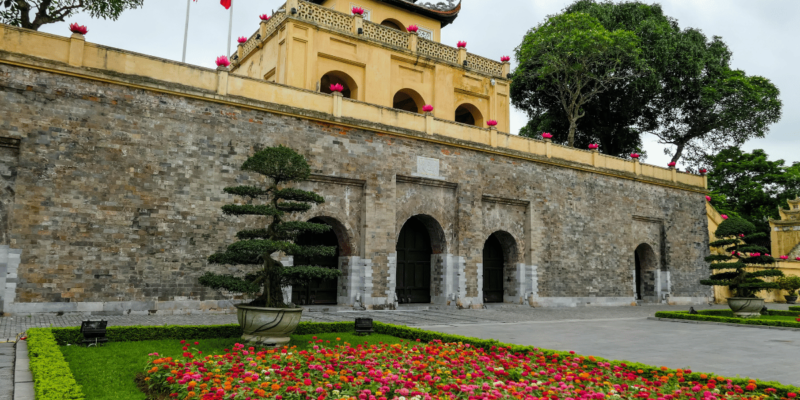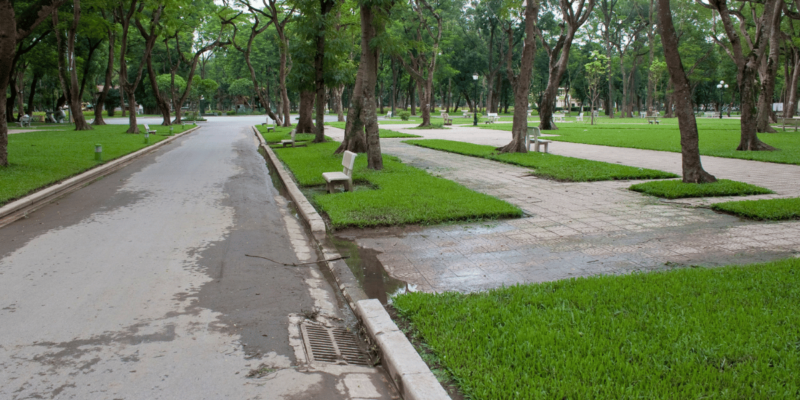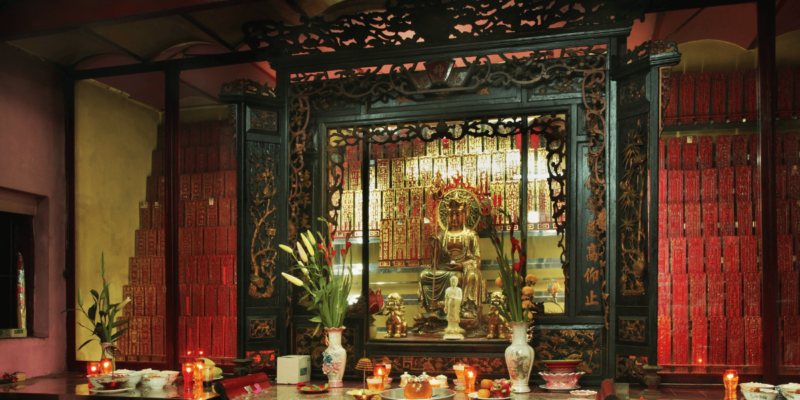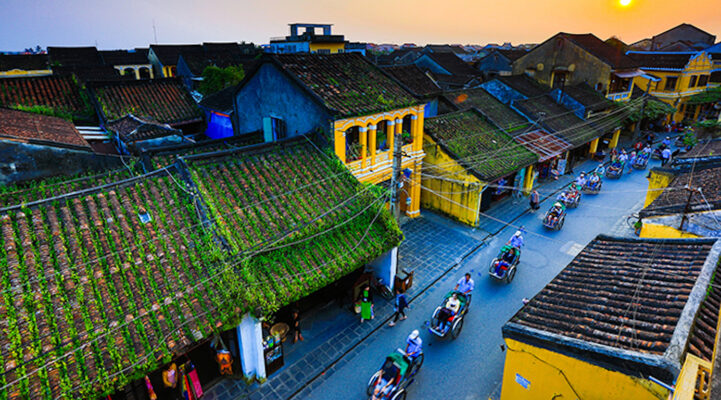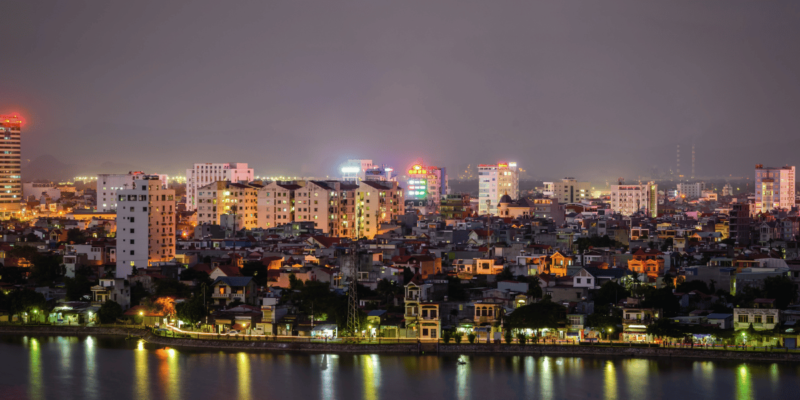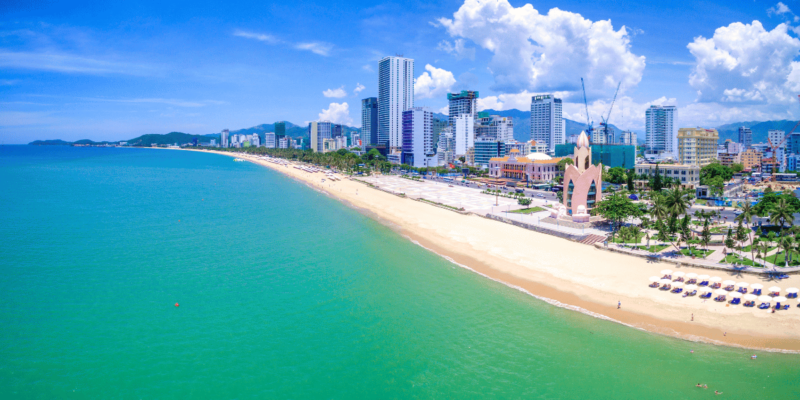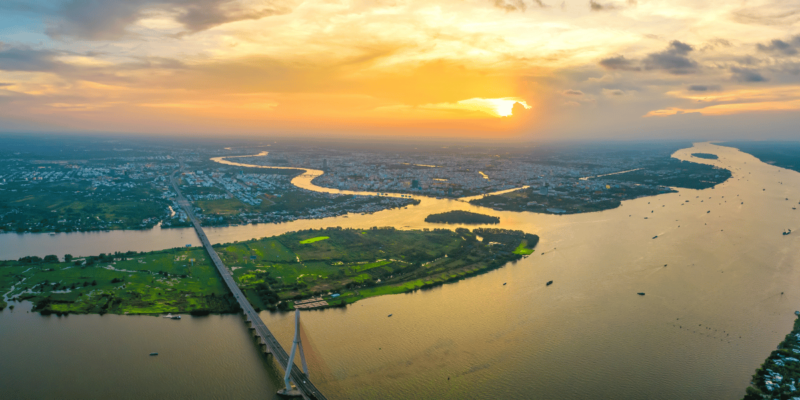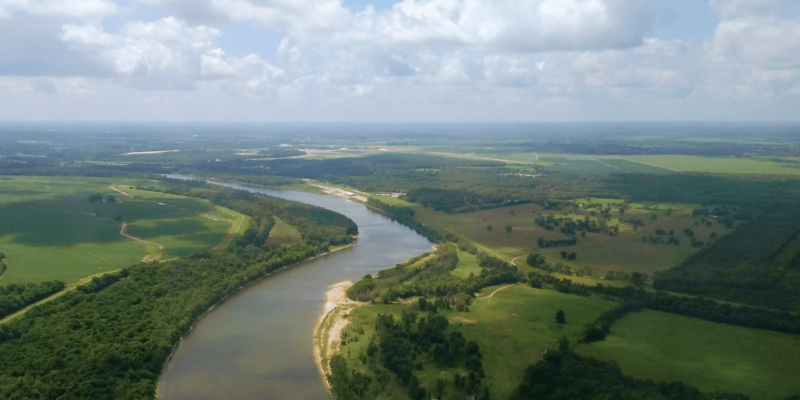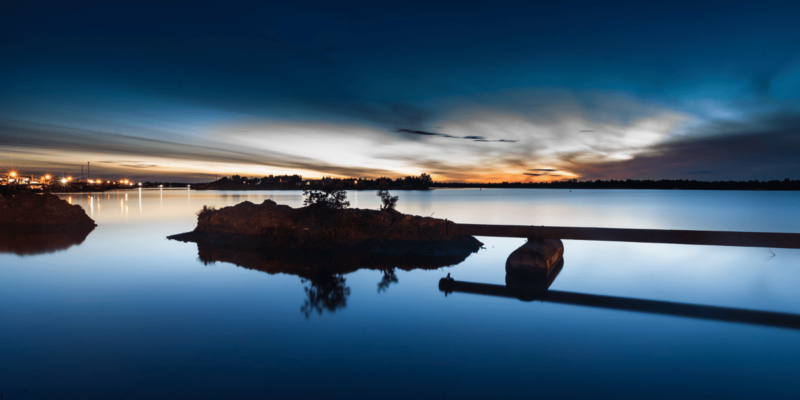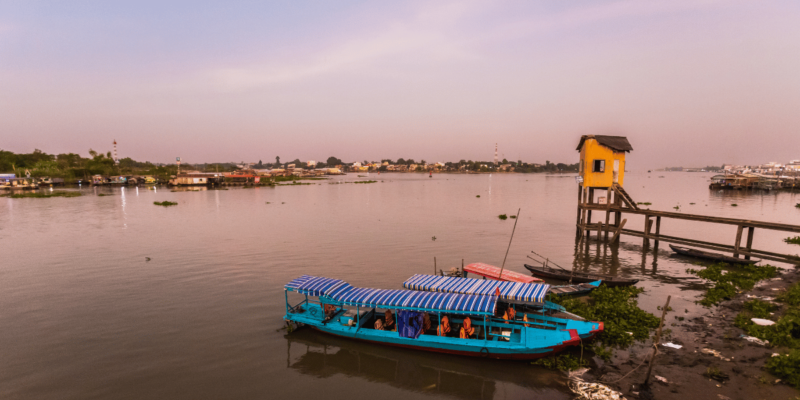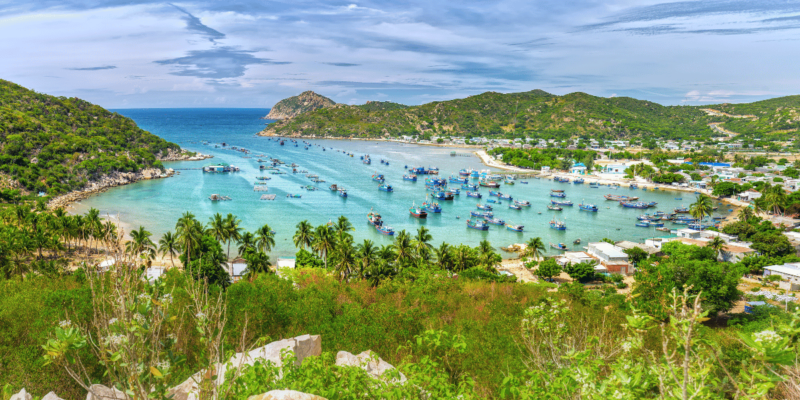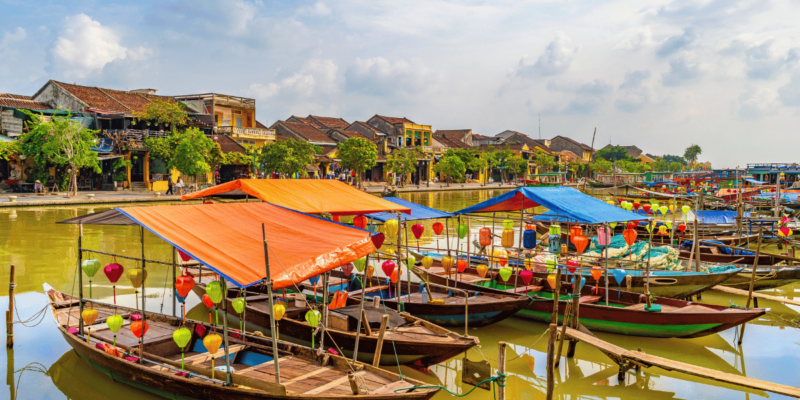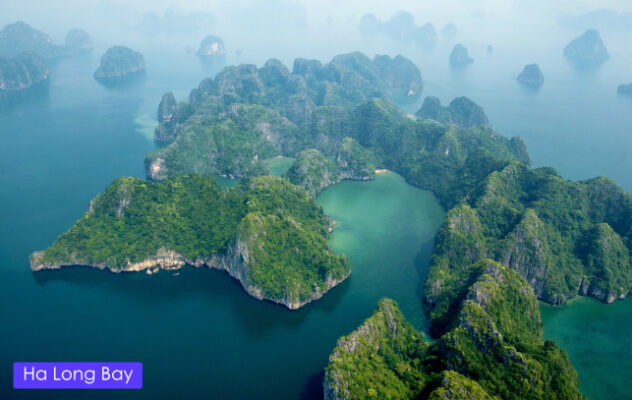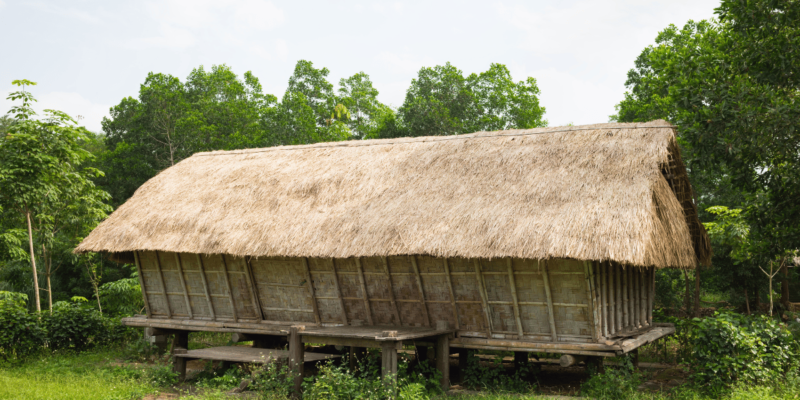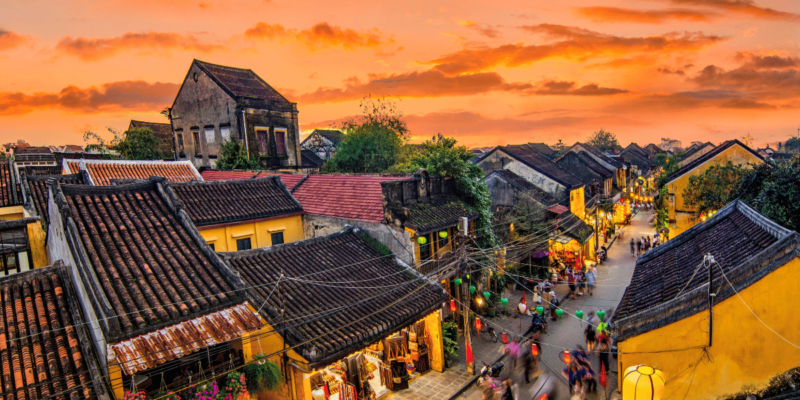Exploring Buon Ma Thuot: A Gateway to Nature and Culture in Vietnam’s Central Highlands
Buon Ma Thuot, situated roughly 190 km from the coastal city of Nha Trang and about 200 km north of the mountainous Dalat, serves as the bustling provincial capital of Dak Lak. Known for its expansive coffee plantations, the area is hotter and more humid than Dalat and experiences a lengthy rainy season from April to November. However, the town itself doesn’t boast significant attractions except for the Kha Doan Pagoda. This pagoda uniquely blends the architectural styles of an Ede long house with elements reminiscent of Hue’s imperial design, constructed in honor of Emperor Khai Dinh’s wife.
Beyond the town’s limits, Buon Ma Thuot’s real allure lies in its natural surroundings and the rich cultural tapestry woven by approximately thirty ethnic groups residing in the region. Among these attractions are the remarkable Gia Long and Dray Nur waterfalls, both of which are relatively unexplored by tourists. The Gia Long waterfall, set next to ancient forests once frequented by Emperor Bao Dai for hunting expeditions, features majestic trees, dense vines, and a diverse insect population. Adjacent to the waterfall is a naturally formed swimming pool, bordered by a fine sandy bottom and the ruins of a bridge and lake commissioned by Bao Dai, now overtaken by the encroaching jungle.
In stark contrast, the Dray Nur waterfall lies in a drier, more barren landscape, where its powerful waters cascade over dark volcanic rock, creating a thunderous spectacle and a mesmerizing mist at its base.
Lak Lake introduces a serene experience, offering canoe journeys across the water to interact with working elephants and their mahouts in nearby ethnic villages, some of which provide homestay options. Approximately thirteen miles from Buon Ma Thuot is an Ede community known for their distinctive longhouses elevated on stilts, serving as an excellent starting point for treks through the Nam Kha Forest.
Further northwest lies Yok Don, Vietnam’s largest national park, home to several indigenous groups, including the M’nong people, known for their traditions of hunting and domesticating the area’s wild elephants. Sadly, the local elephant population has declined sharply due to the impacts of past US military operations and the encroachment of agriculture. Despite this, Yok Don remains a compelling destination for those willing to endure the arduous journey. The park is a sanctuary for diverse flora and fauna, some of which are exceedingly rare.
For the adventurous, Yok Don offers authentic elephant rides that differ significantly from the more tourist-oriented experiences at Lak Lake. In the dry season, it’s possible to embark on two-day safari-style excursions deep into the forest. Accommodations are available through homestays or at the park’s headquarters, though visitors should be prepared for very basic amenities.

